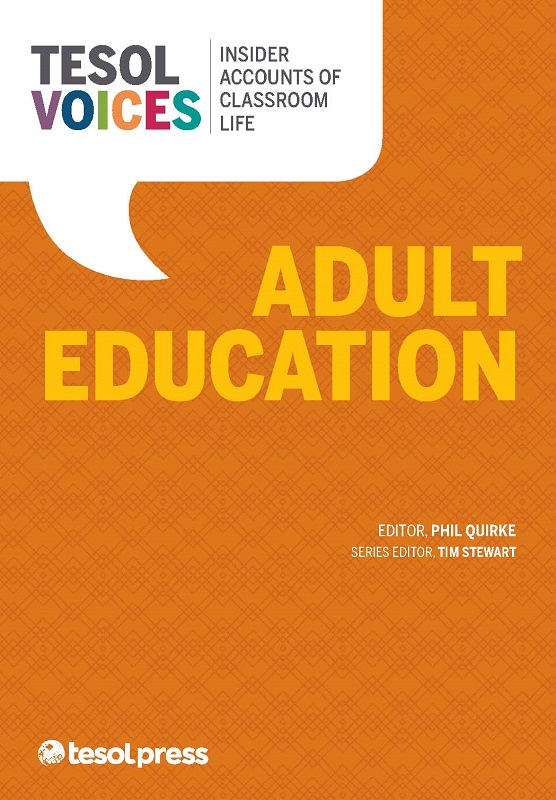Quick Tip: Finding Hidden Words
by Anna Michenko
Audience/Level: Any level, especially K–2
This easy-to-use and fun strategy solidifies knowledge of sight words while simultaneously practicing multiple language skills. Any age audience would benefit from this game-like activity, but I find it particularly useful with elementary school English language learners (ELLs).
The Hidden Words Activity
When introducing a new sight word, I write it on my dry-erase board and ask students to copy it on theirs. Then I ask that we start “to look for the words that are hiding inside our new sight word.” I encourage them to swap the letters while searching for words. Your students will quickly learn that there are indeed other words (and sometimes many!) “hiding” inside almost any word you present.
Both students and I then write down and number every word we find on the boards. In addition, we read all of the words aloud (starting with the sight word introduced). Following are some examples.
|
Sight Word |
Hidden Words |
|
Where |
- he
- her
- here
- we
- ER
|
|
Always |
- away
- was
- saw
- way
- ways
- lay
- lays
- say
- slay
- sway
|
You can also extend this activity by asking your students to come up with oral and/or written sentences with a word of your or their choice. The activity can also be used for spelling and/or vocabulary words. With older children, you can assign points for every hidden word found, and turn it into a fun competition.
Benefits
There are several educational benefits of the Hidden Words activity.
Increased Phonemic and Phonological Awareness: When a child plays with letters and words, he or she gets more used to their look and pronunciation. Beginners increase their familiarity with letters and combinations of letters. Older children build more awareness of words and their correct spelling.
Confidence: A child who has had fun and success in word games may be more secure about their language skills and more likely to feel comfortable when reading and writing.
Vocabulary: A child may learn new words this way, or at the very least get an exposure to a word and its use in a sentence.
Variety: Word games may be the right activity at a particular moment or for a particular student group when a fun element is needed while pursuing language development.
Independent learning and creativity: Such games foster both.
Finding hidden words addresses multiple language skills and does so in a fun and engaging way!
Anna Michenko is a full-time EL teacher with the Loudoun County Public Schools school district. She has been teaching EL, ESL, and ESOL (and loving it!) since 2004.
TESOL Blogs
Interested in writing a blog for TESOL?
Read the submission guidelines and send us your post!
Check out a few recent TESOL Blog posts:
|
Practical Considerations for Teaching English Abroad, by Maxi-Ann Campbell
 One concern I heard at TESOL’s 2017 Convention was the decreasing size of English language programs in the United States. Whether it’s because of the turbulent politics on travel bans or a combination of other factors, many ESL teachers are losing their jobs. The good news is that the trend in the United States does not reflect the trend in other countries. It might be time to start considering teaching English abroad! Even if you are not facing job loss, teaching outside your home country may be just the opportunity to expand your skill set and reinvigorate your excitement about the field. Read more. One concern I heard at TESOL’s 2017 Convention was the decreasing size of English language programs in the United States. Whether it’s because of the turbulent politics on travel bans or a combination of other factors, many ESL teachers are losing their jobs. The good news is that the trend in the United States does not reflect the trend in other countries. It might be time to start considering teaching English abroad! Even if you are not facing job loss, teaching outside your home country may be just the opportunity to expand your skill set and reinvigorate your excitement about the field. Read more.
|
|
ESP for Developing Creativity, by Kevin Knight
 I have been thinking recently how ESP may be a good way to develop creativity. As I wrote in Marta Baffy’s profile, ESP project leaders seem to have expertise in multiple areas. Having expertise in multiple areas and being involved in problem-solving activities may lead to innovative solutions. In this post, I reflect on some of my own experiences. Read more. I have been thinking recently how ESP may be a good way to develop creativity. As I wrote in Marta Baffy’s profile, ESP project leaders seem to have expertise in multiple areas. Having expertise in multiple areas and being involved in problem-solving activities may lead to innovative solutions. In this post, I reflect on some of my own experiences. Read more.
|
|
Teaching to PreK-5 ELs’ Learning Styles, by Judie Haynes
 The term learning styles refers to the belief that every student has a unique approach to learning. A student’s learning style refers to the way that he/she processes and retains information. Although English learners (ELs) may be literate in their home languages, they might experience many challenges when acquiring English because they are accustomed to learning through a different style. How does an ESL or classroom teacher differentiate instruction for the myriad learning styles of their students? Read more. The term learning styles refers to the belief that every student has a unique approach to learning. A student’s learning style refers to the way that he/she processes and retains information. Although English learners (ELs) may be literate in their home languages, they might experience many challenges when acquiring English because they are accustomed to learning through a different style. How does an ESL or classroom teacher differentiate instruction for the myriad learning styles of their students? Read more.
|
TESOL Bookstore

Featured Resources from TESOL Press
 Teaching English to Chinese Learners in U.S. Colleges
Teaching English to Chinese Learners in U.S. Colleges
Ke Xu and Liglan Cao
Gain an in-depth understanding of the Chinese learner to improve your teaching practices and help your students succeed. Take a step back from familiar contexts and examine how institutional structures, the relationship between the U.S. and a student's country of origin, and the student's motivations and attitudes all play a role in their English learning.
 TESOL Voices: Adult Education
TESOL Voices: Adult Education
Tim Stewart, Editor
Follow the triumph and trials of real-life students as they learn English, whether they're pursuing it for their vocation, as immigrants to a new country, for travel, or for their very survival.
 More Than A Native Speaker: An Introduction to Teaching English Abroad, Third Edition
More Than A Native Speaker: An Introduction to Teaching English Abroad, Third Edition
Don Snow and Maxi-Ann Campbell
In this newly updated third edition, learn step-by-step how to effectively teach English abroad. Gain valuable tips and resources for teaching in an unfamiliar educational system, working with students of varying ages and skill levels, and adapting to life in a different culture. A rich array of online resources and activities included.